El estudio es uno de los pocos que observa la educación materna y paterna, revelando efectos protectores por parte de ambos
Un nuevo estudio realizado por investigadores del Instituto de Métricas y Evaluación de la Salud (IHME) de la Escuela de Medicina de la Universidad de Washington y el Centro de Investigación de Desigualdades en Salud Global (CHAIN) encontró reducciones significativas en el riesgo de muerte infantil asociada con más años de educación parental.
Según el estudio, un solo año de educación materna redujo el riesgo de muerte de los niños menores de 5 años en un 3 %, y los niños cuyas madres cuentan con 12 años de educación tienen más de 30 % de menor probabilidad de morir antes de los 5 años en comparación con aquellos cuyas madres cuentan con cero años de educación. Con doce años de educación paterna se redujo el riesgo de mortalidad de los niños menores de 5 años en un 17 % en comparación con los padres que no tienen educación.
“Esta investigación es emocionante debido a la consistencia de los efectos positivos de la educación a lo largo de las geografías y el tiempo”, sostuvo Hunter York, autor principal del estudio. “Si bien esta evidencia no es causal, apunta a una relación que va más allá de la influencia de los comportamientos que se correlacionan con una menor educación, como el tabaquismo, o de intervenciones políticas que buscan mejorar la supervivencia infantil independiente del nivel de educación parental, como la planificación familiar gratuita. Estos son mecanismos importantes que afectan la relación entre la educación y la salud infantil, pero nuestros resultados sugieren la existencia de una función beneficiosa de la educación en y por sí misma”.
Los autores del estudio destacaron la importancia de realizar mayor investigación en materia de educación paterna, que ha sido estudiada mucho menos que la educación materna.
“Incluso después de controlar la educación de una madre, la educación del padre sigue siendo importante”, comentó la profesora Emmanuela Gakidou, una de las autoras sénior del estudio. “La mayoría de los estudios se enfocan solamente en los años de educación de la madre, pero es fundamental comprender y analizar la conexión que hay entre ambos, y no restar la contribución de la educación paterna a la supervivencia infantil”.
En el análisis se incluyeron más de 300 estudios de 92 países, con más de tres millones de nacidos vivos. Los investigadores descubrieron que el efecto protector de la escolaridad parental se fortaleció a medida que avanzaba la edad del niño, pero fue significativo para todos los rangos etarios menores de 5 años.
En el caso de los neonatos (0 a 27 días), cada año adicional de educación materna redujo el riesgo de mortalidad en un 1,5 %. Cada año de educación paterna redujo el riesgo en 1,1 %.
En el caso de los lactantes (de 1 a 11 meses), cada año de educación materna redujo el riesgo de mortalidad en un 3,7 %. Cada año de educación paterna redujo el riesgo en un 1,8 %.
En el caso de los niños pequeños (de 1 a 4 años), cada año de educación materna redujo el riesgo de mortalidad en un 4,4 %. Cada año de educación paterna redujo el riesgo en 2,2 %.
La relación estuvo presente en todas las regiones y después de controlar el nivel de riqueza o renta, el nivel de educación de la pareja y el sexo del niño.
“Se necesita mayor reducción en la mortalidad infantil, y las inversiones en educación pueden ser la clave para lograrlo”, afirmó el profesor Terje Andreas Eikemo, líder de CHAIN. “Es hora de que la educación forme parte de la agenda política internacional como determinante global de la supervivencia infantil”.
Lo que es más importante, el estudio también reveló que el impacto de cada año adicional de educación en la supervivencia de los niños siguió siendo el mismo durante la educación primaria, secundaria y superior, lo que indica que si únicamente se presta atención a la educación primaria se pierden oportunidades de reducir el número de muertes de menores de 5 años y de ofrecer a los niños las mejores oportunidades de supervivencia.
“Incluso a través de las distintas generaciones, la educación y la salud están vinculadas”, señaló Kam Sripada, una de las autoras principales del estudio. “El acceso universal a una educación de calidad debe ser una prioridad desde los primeros años hasta la educación superior, tanto para apoyar a la generación actual en torno a alcanzar su potencial como para ayudar a la próxima generación a sobrevivir y prosperar”.
El estudio fue financiado por el Consejo Noruego de Investigación, la Fundación Bill & Melinda Gates y la Comisión de la Fundación Rockefeller y la Universidad de Boston sobre Determinantes sociales, Datos y Toma de decisiones (Comisión 3-D).
Contacto: media@healthdata.org
Acerca del Instituto de Métrica y Evaluación de la Salud
El Instituto de Métrica y Evaluación de la Salud (IHME) es una organización independiente de investigación de salud a nivel global de la Facultad de Medicina de la Universidad de Washington que ofrece mediciones rigurosas y comparables de los problemas de salud más importantes del mundo y evalúa las estrategias utilizadas para abordarlos. El IHME está comprometido con la transparencia y se encarga de que esta información se encuentre ampliamente disponible a fin de que los responsables de la formulación de políticas cuenten con la evidencia necesaria para tomar decisiones informadas con respecto a la asignación de recursos para mejorar la salud de la población.
Fuente: https://desdepuebla.com/2021/06/11/segun-los-investigadores-la-educacion-parental-aporta-grandes-beneficios-para-la-supervivencia-de-los-ninos/










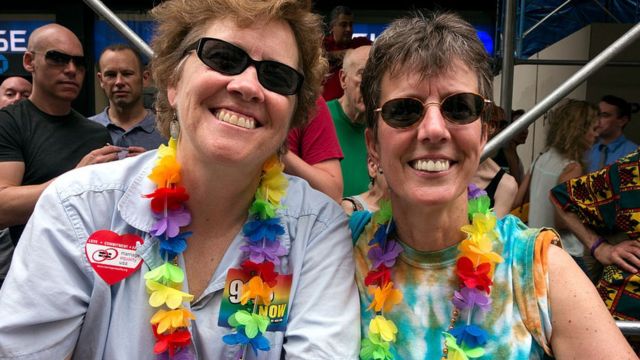

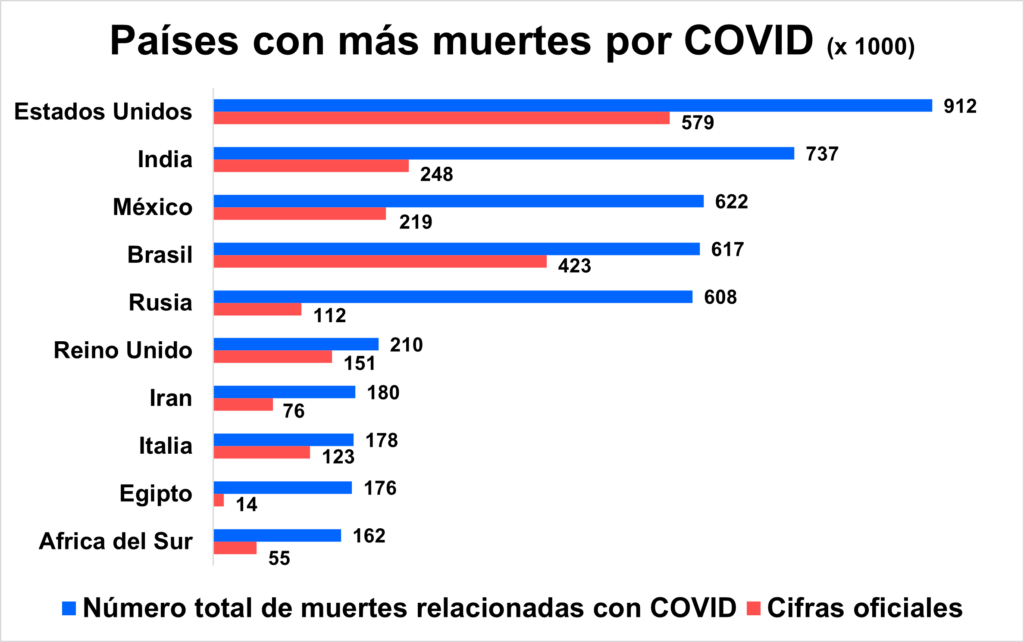
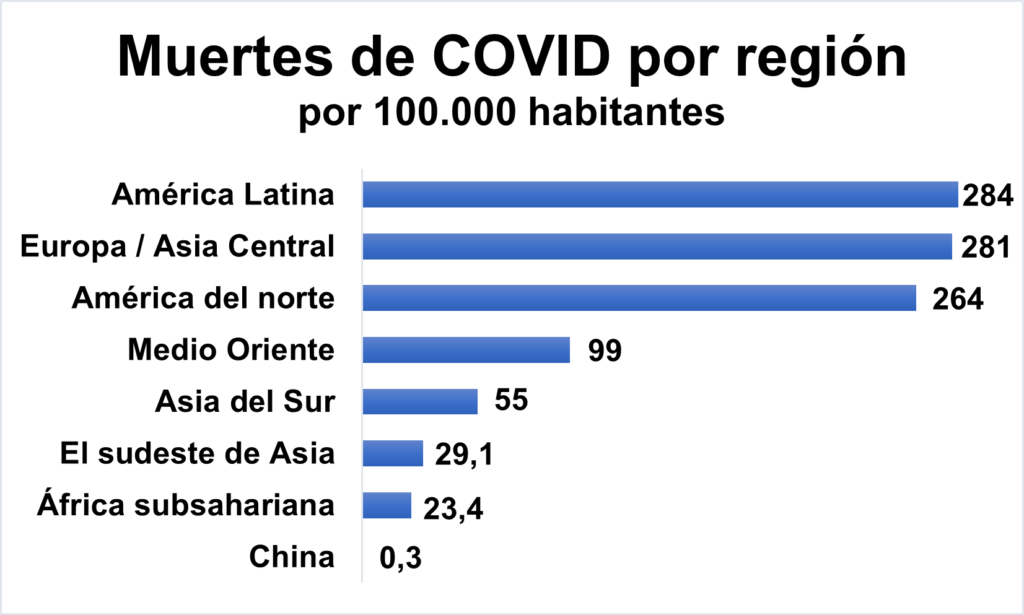
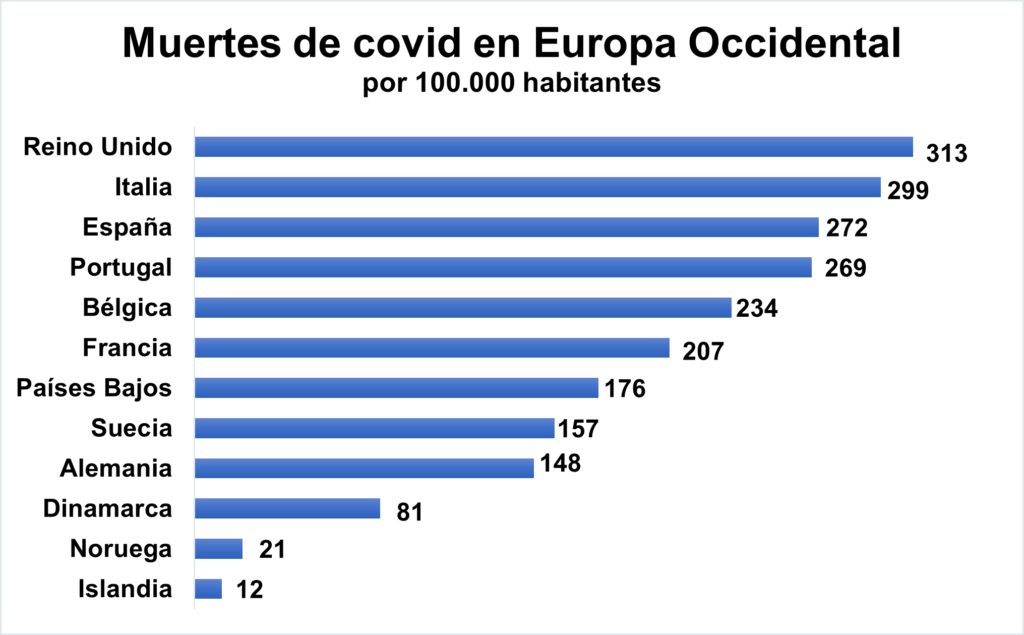
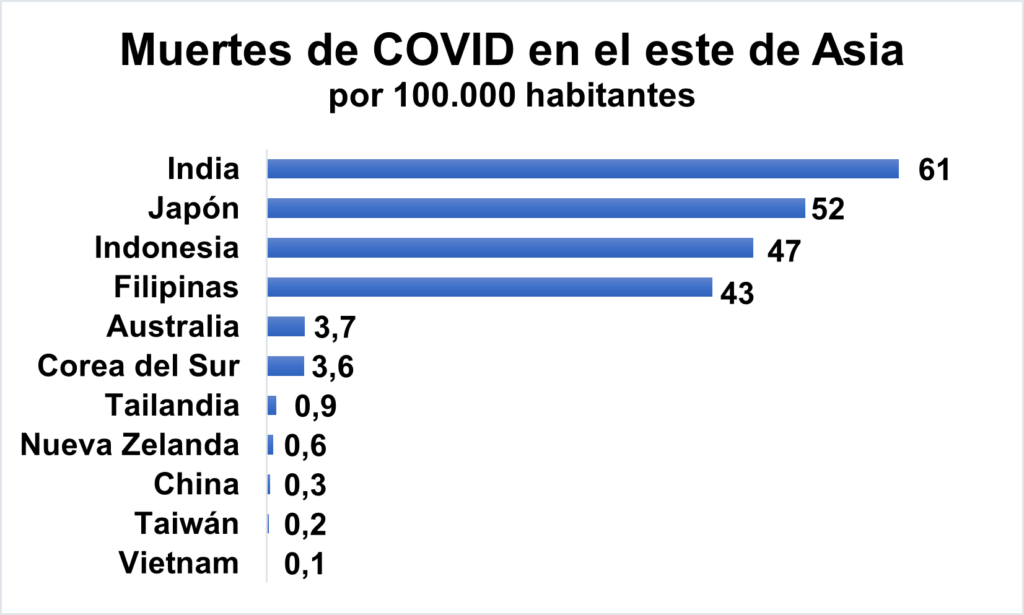
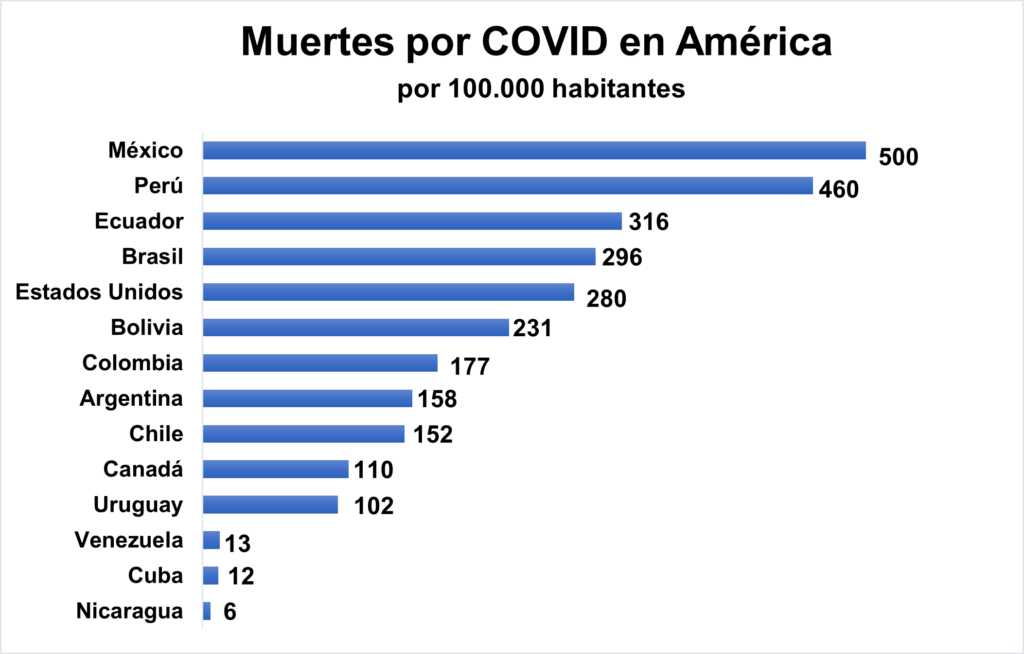







 Users Today : 21
Users Today : 21 Total Users : 35460152
Total Users : 35460152 Views Today : 35
Views Today : 35 Total views : 3418818
Total views : 3418818